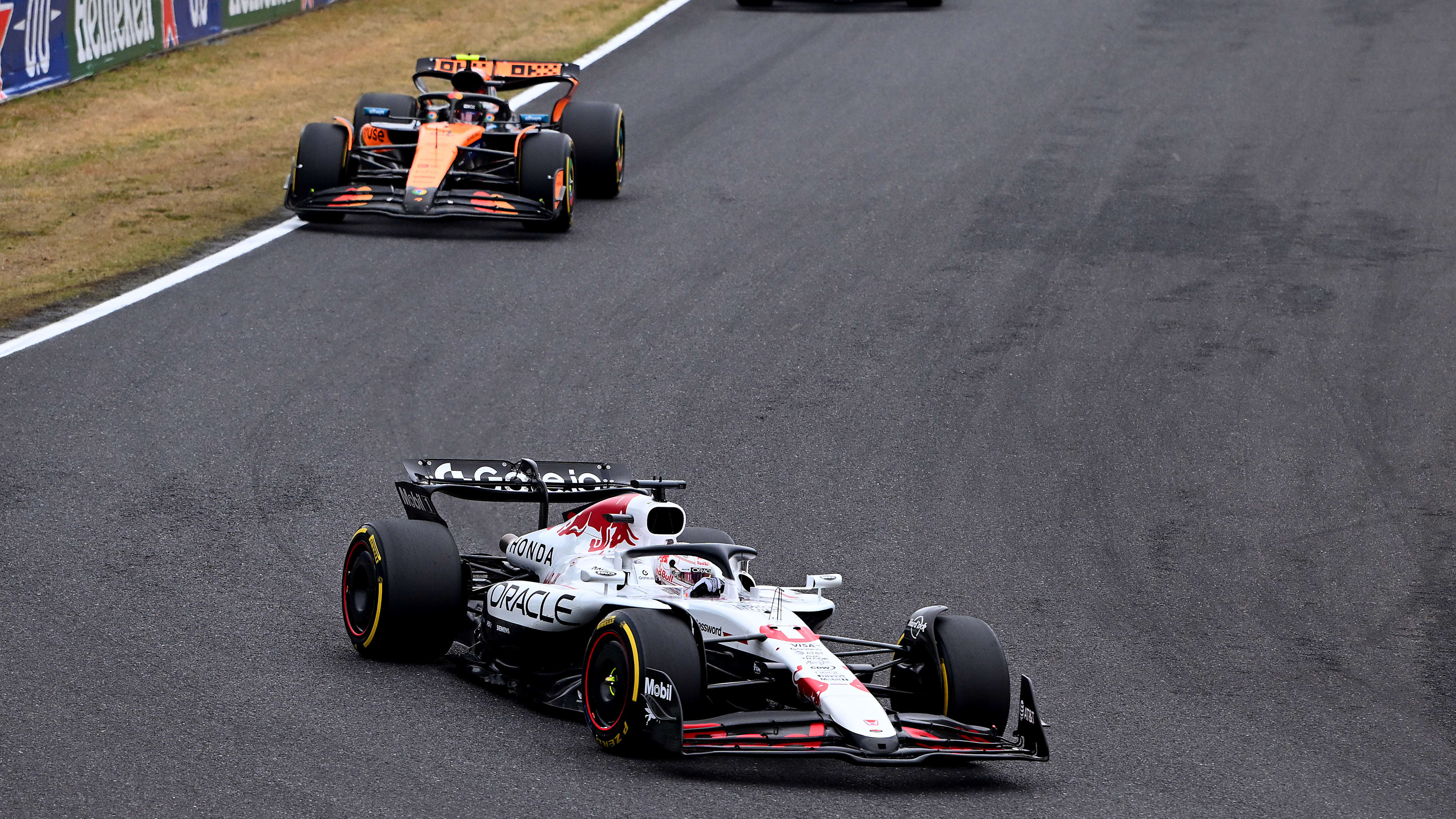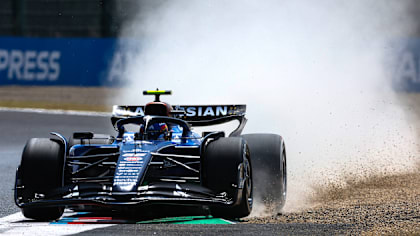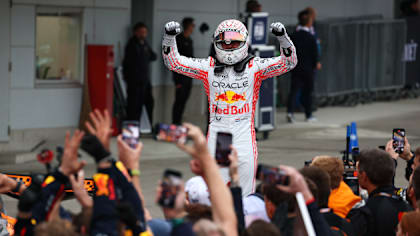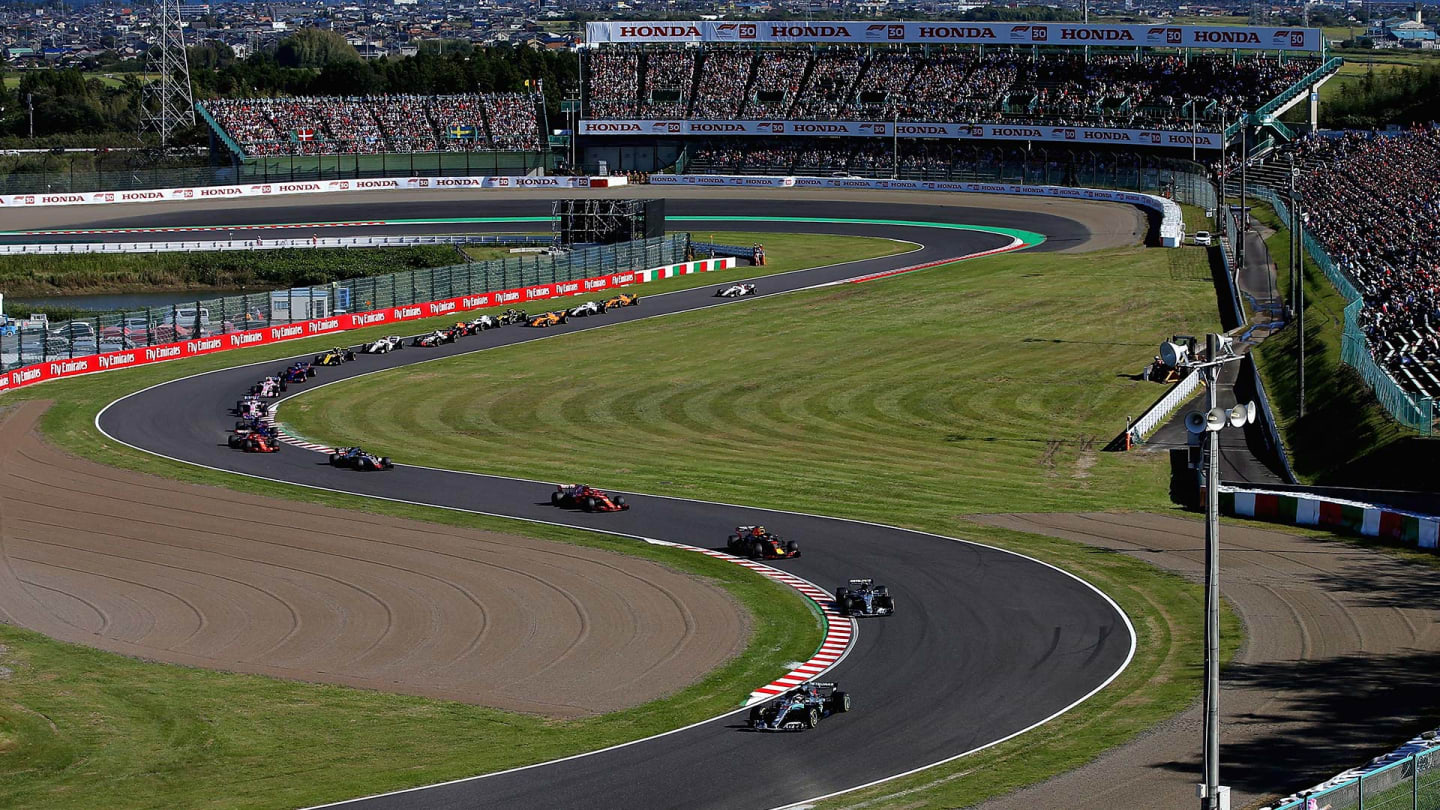
Feature
5 Reasons We Love... The Japanese Grand Prix

Share

After a race at one of Formula 1’s newest venues in Russia, it’s time to head to one of the oldest and most iconic rounds on the calendar, the Japanese Grand Prix. Here's why we love going racing at Suzuka…
WATCH: Re-live last year's Japanese Grand Prix
1. The first sector
There are not many better sections to watch a Formula 1 car in action than the first sector at Suzuka. A downhill run to a high-speed right-hander to start the lap is then followed by another right and the climb uphill through the iconic Esses.
The rapid changes of direction as the track rises and falls make it an incredible place to watch, and the drivers love it just as much as we do. This is the sector where you see the aerodynamic performance potential of the car, and those behind the wheel feel it as they pull high lateral G.
READ MORE: Toro Rosso to field Super Formula and Super GT champ Yamamoto in Suzuka practice
There’s also little room for error in this sector as the relatively narrow track is flanked by grass and gravel traps, making it a real test of driver skill.
JAPAN: 5 shock moments from F1 history
2. The fans are incredible
Another reason Suzuka is a favourite with the drivers is the welcome they receive from some of the most passionate fans in the world.
Japanese fans flock to the circuit in their thousands, and there doesn’t have to be any track action for them to be entertained. The main grandstand is often full on Thursday as fans get a view of the teams setting up in their garages and working on their cars.
READ MORE: Gasly ready for ‘insane’ Suzuka reception for Honda-powered foursome
Drivers and team members are often greeted with bespoke gifts, while some impressive craftsmanship is often seen in around the circuit as fans come up with unique ways of showing their support. Hats with model F1 cars on them, or even a rear wing sporting an operational DRS flap, are commonly spotted in the fan zone.
And there’s plenty to keep the fans occupied when they aren’t watching the teams at work, including a theme park right next to the track.
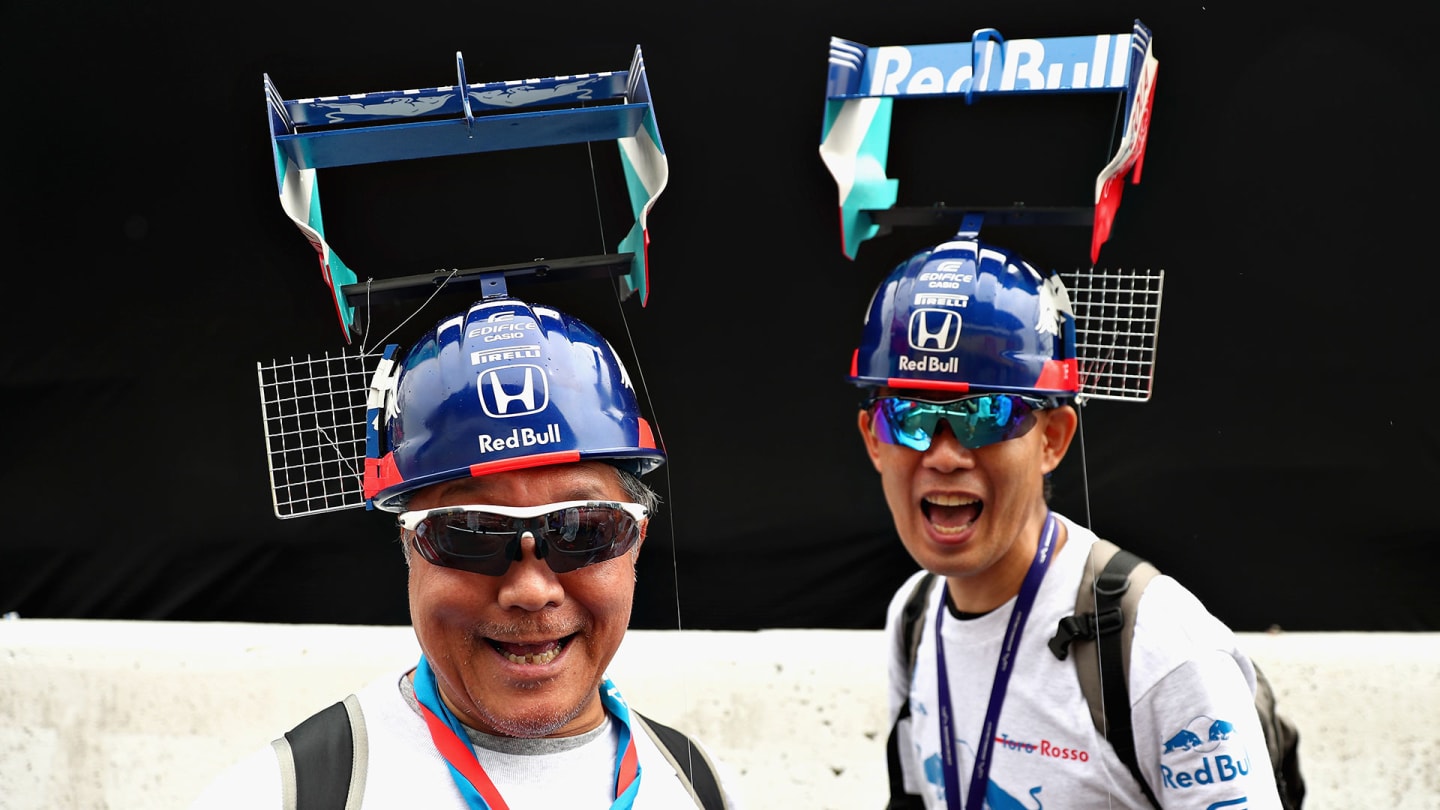
3. Suzuka is full of F1 history
Suzuka first held the Japanese Grand Prix in 1987, following Fuji as the original home for the race in the Seventies. With its place towards the end of the calendar, the venue has been the scene of several title deciders, and with them plenty of controversy…
LISTEN: Jo Ramirez on being in the middle of Senna and Prost at McLaren
Two of the standout incidents involve Ayrton Senna and Alain Prost, who collided at Suzuka on consecutive years. On the first occasion in 1989, they were team mates at McLaren and the contact led to Prost securing the drivers’ championship when Senna was later disqualified. A year later, the pair came together at Turn 1 on the opening lap and were out on the spot, ensuring it was Senna who became champion.
READ MORE: Hall of Fame - the World Champions
The first five races at Suzuka all proved to be title deciders, while there have also been championship triumphs here for Damon Hill in 1996, Mika Hakkinen in 1999, Michael Schumacher in 2000 and 2003 and Sebastian Vettel in 2011.
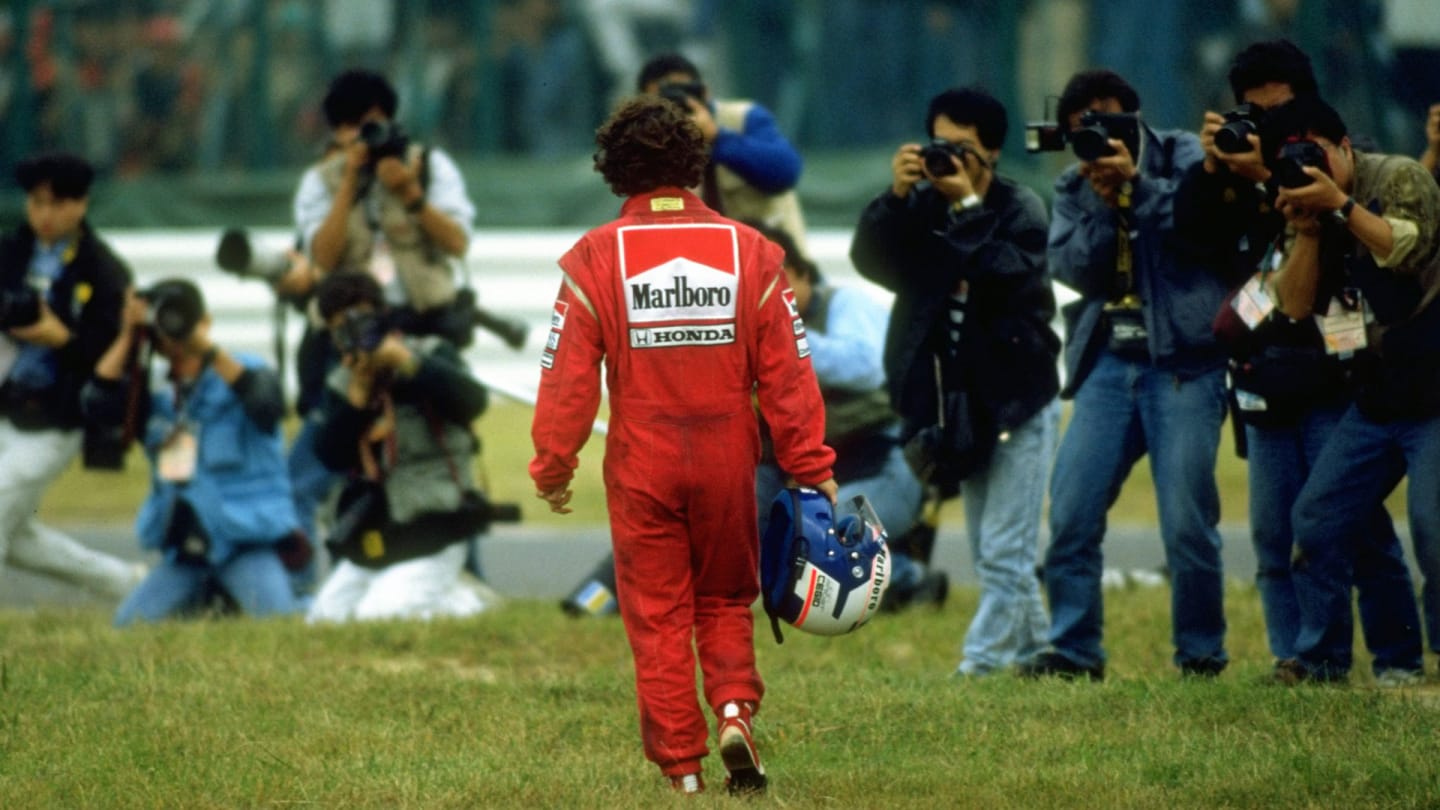
4. 130R
It’s not just the first sector that is exciting for drivers, with 130R – named for its 130-metre radius – another of F1’s most iconic corners.
It might not be the test it once was, nor is it 130 metres in radius anymore, but 130R is still a corner that showcases the car’s performance and also plays a vital role in many overtaking opportunities. While it can be tough to follow in the first sector, drivers can open up the throttle on the run to 130R. If a driver can stay close through here, then they can make a move under braking into the following chicane.
READ MORE: Amazing overtakes and incredible saves at 130R - Suzuka’s fastest corner
And even if a pass isn’t possible at that point, a DRS zone on the pit straight follows immediately afterwards, giving another overtaking opportunity on the approach to Turn 1.
Stroll 'does an Alonso' on Alonso at Suzuka's 130R
5. Japanese culture
While the circuit itself is unique courtesy of its figure-of-eight layout, the whole country provides a special culture that is different to many locations F1 visits during the season.
The food is one of the highlights, with most drivers – but not all – fans of sushi and sashimi. If raw fish isn’t your thing, then there’s also tempura and noodles, while the famous Kobe beef originates just 100 miles west of Suzuka.
MUST SEE: Grill the Grid – Ferrari
When you get a number of engineers and technically-minded team members together, then the Shinkansen (the Japanese bullet train) also gets a lot of love each year. Capable of reaching speeds of up to 200 miles per hour, it would make for a good race to Tokyo against an F1 car.
Karaoke is also a part of the Japanese culture regularly embraced by the F1 fraternity during the race weekend, and drivers have been known to be more than happy to get behind the mic, especially after a win. We’ll see if we can catch any for the social channels this weekend…
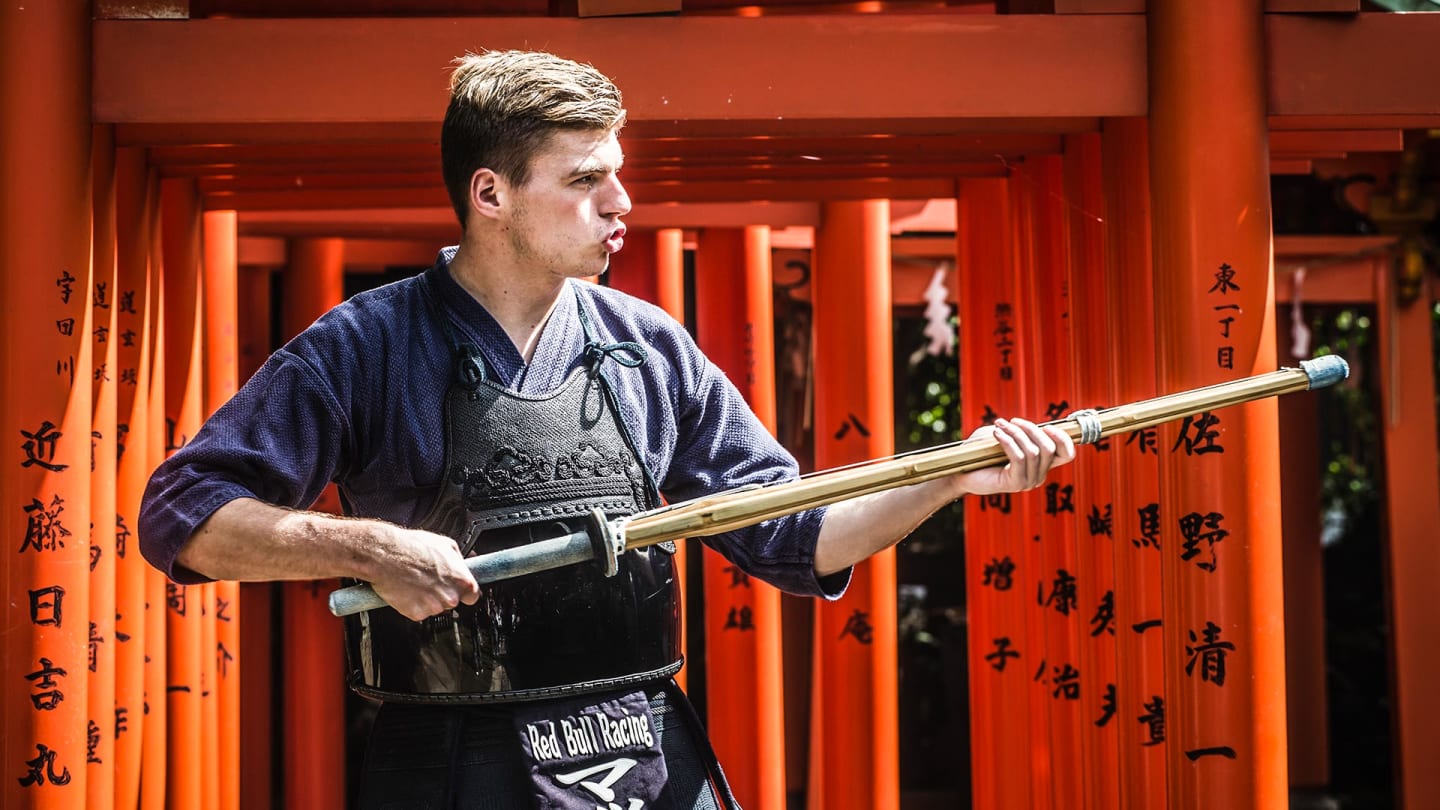
YOU MIGHT ALSO LIKE
Feature What the teams said – Qualifying in Japan

Video HIGHLIGHTS: Catch up on Verstappen's stellar victory at the Japanese Grand Prix
News ‘You pay the price’ – Russell rues Qualifying tyre gamble as Antonelli admits to having ‘very little confidence’ in Japan
Report Verstappen surges to fourth consecutive Japanese GP victory ahead of Norris and Piastri
